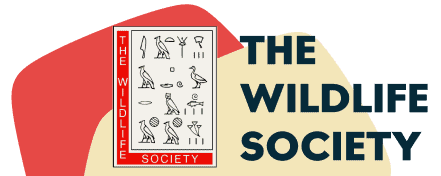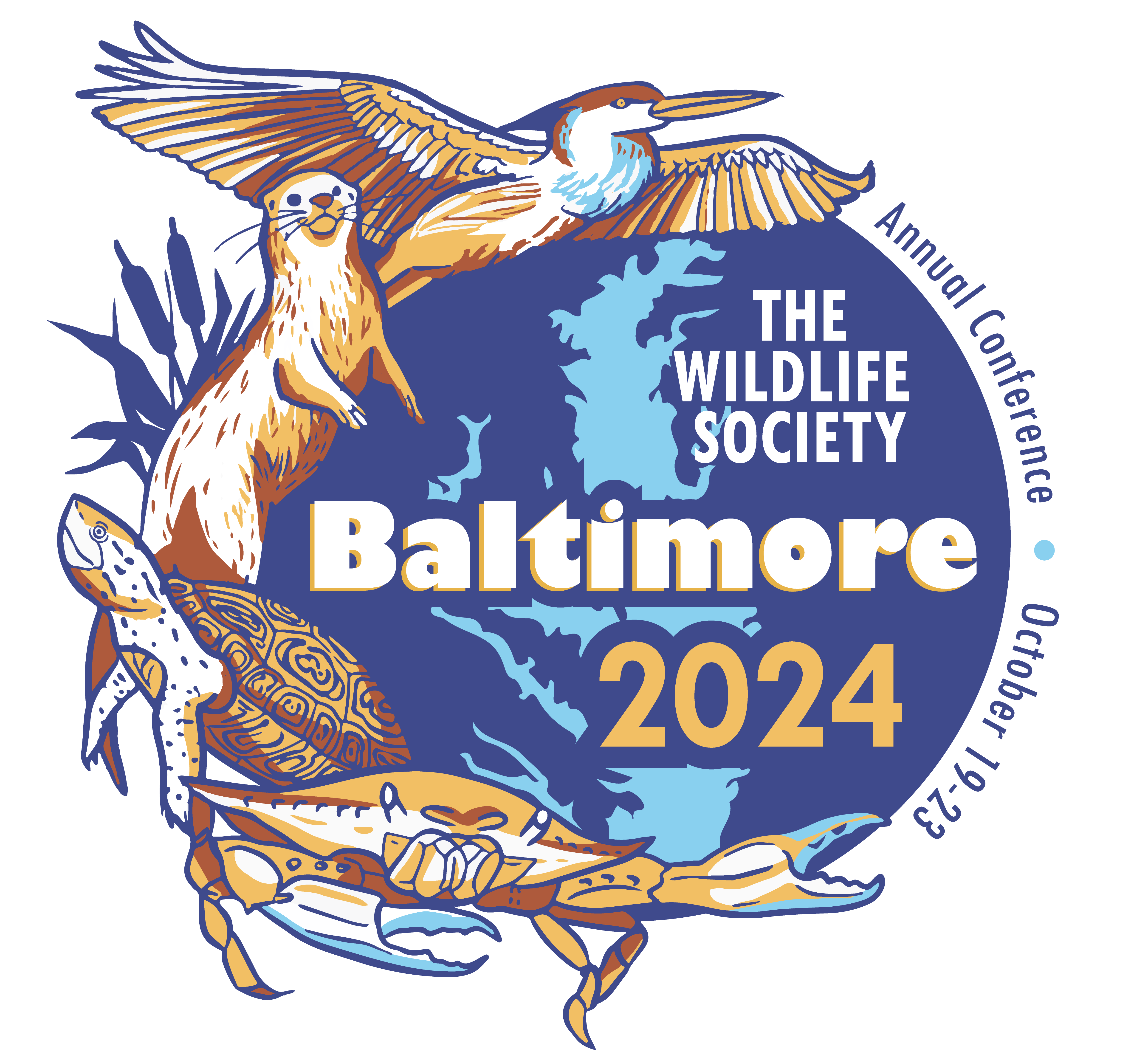- News
-
-
-
-
-
Latest News Articles
- Wildlife Vocalizations: Kylie Perez April 19, 2024
- Warning drivers about wandering wildlife April 19, 2024
- 2024 TWS Elections: Canadian Representative April 18, 2024
-
-
-
- Wildlife Professional Resources
-
- Our Network
-
- PUBLICATIONS
-
-
Recent Posts
-
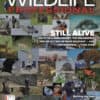 The Wildlife Professional November/December Issue
November 1, 2023
The Wildlife Professional November/December Issue
November 1, 2023
-
-
-
-
-
-
- Wildlife Events
-
-
-
Upcoming Webinars
- No Events
-
-
-
- Who We Are
-
Tag: citizen science
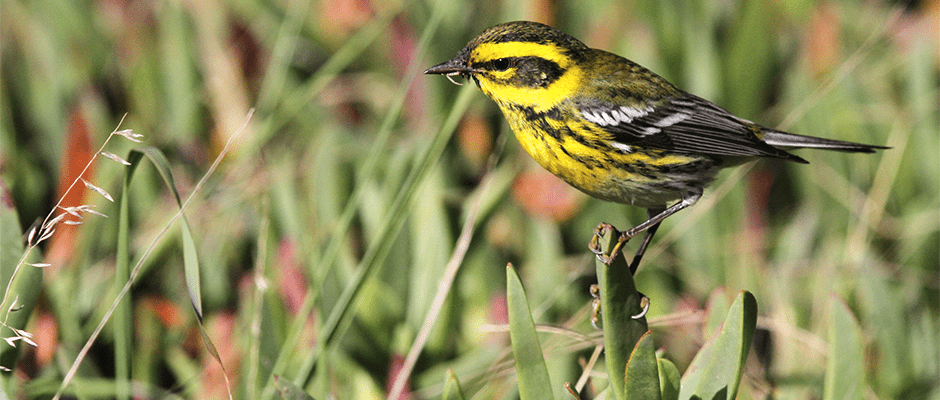
May 17, 2017
Migrating birds are getting more out of sync with the environment
By altering when leaves come out in the spring, climate change throws birds’ migration schedules out of sync with the environment, hindering their ability to reproduce, rear offspring and survive....
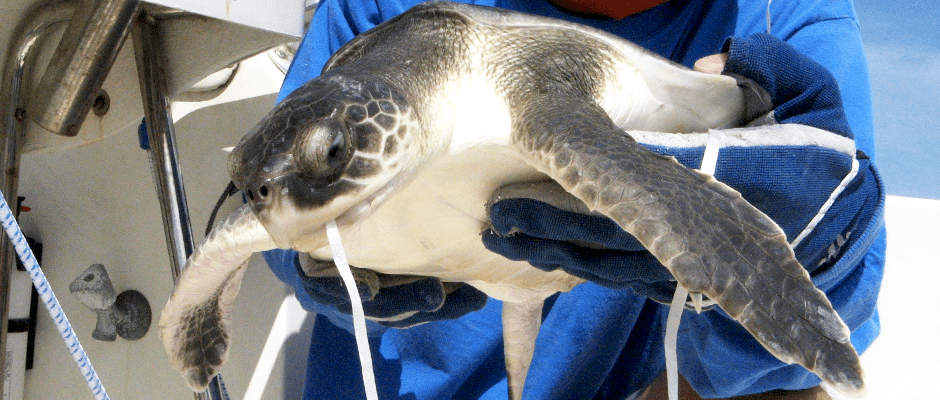
April 18, 2017
TWS member’s citizen science project tracks a wildlife hazard — balloons
Matthew Bettelheim had seen one too many balloons, deflated and forgotten, lying around in nature. Doing field work in what seemed like remote locations throughout the San Francisco Bay Area,...
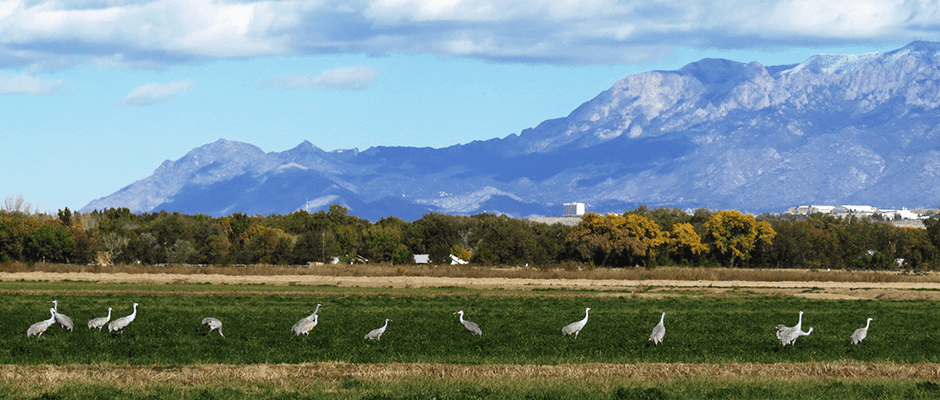
April 11, 2017
See a wildlife refuge grow at 2017 TWS Annual Conference
The Valle de Oro National Wildlife Refuge in Albuquerque, N.M., isn’t your typical wildlife refuge – it’s a small grassy field that recently supported a dairy farm. On a field...
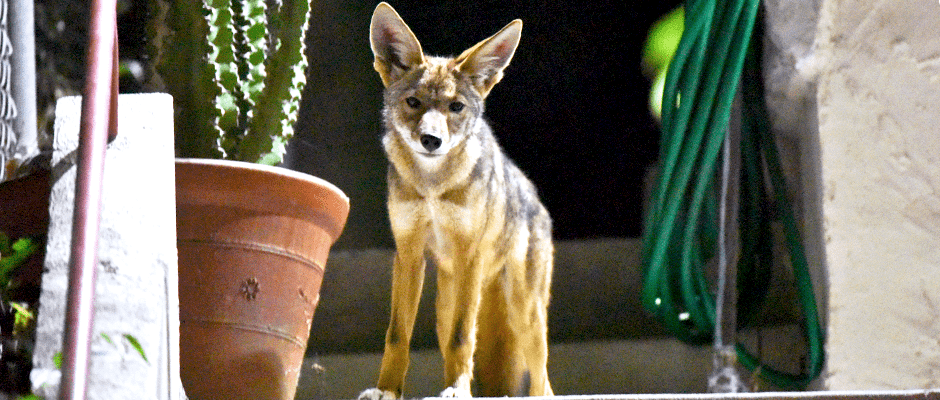
April 4, 2017
Scouring scat to investigate Los Angeles’ coyotes
Biologist Justin Brown sees coyotes almost every night he tracks them, which may seem unusual since the habitat he studies is the city of Los Angeles. Since May 2015, he’s...
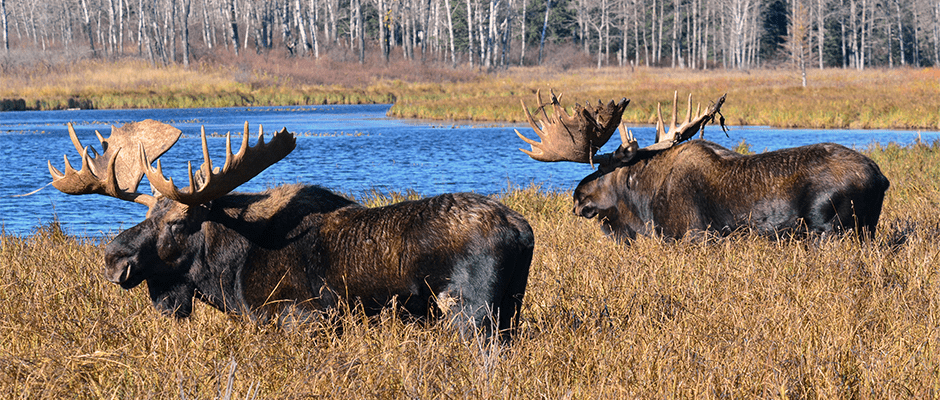
March 20, 2017
WSB study: App lets hunters help managers count moose
Counting moose throughout the vast boreal forests and mountain ranges where they roam can be hard to do. Helicopter surveys are effective but expensive, so they tend to be few...
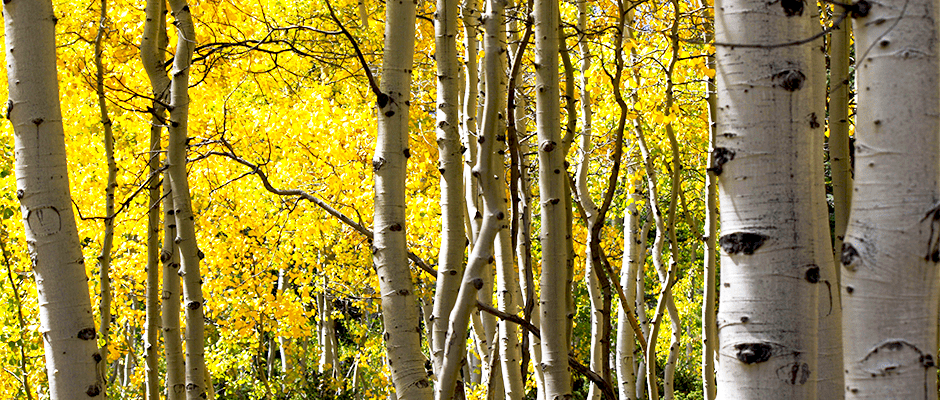
January 2, 2017
Kaibab NF launches year-round citizen science project
Williams, Ariz., Dec. 9, 2016—For Immediate Release. Forest managers are excited to announce a citizen science project to identify and document the biodiversity of the Kaibab National Forest that will...
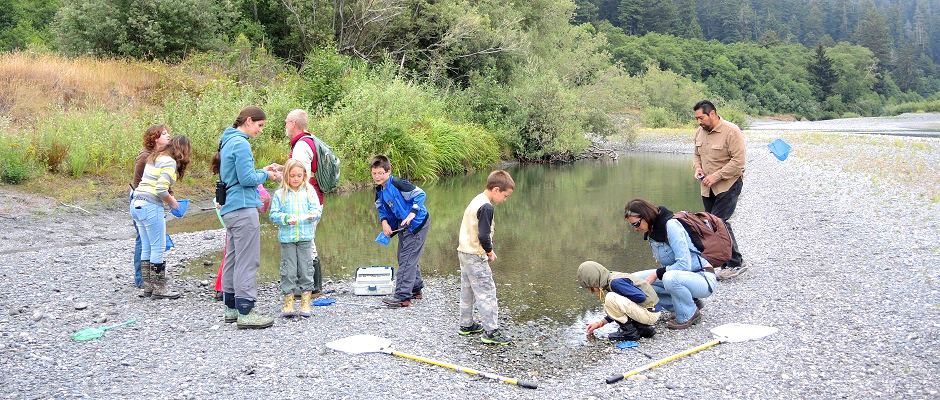
September 2, 2016
Kids document diseased amphibians in California
Young citizen scientists aged 4 to 16 have discovered that many frogs and toads on California’s northern coast are infected with the deadly chytrid fungus (Batrachochytrium dendrobatidis). Seventeen percent of...
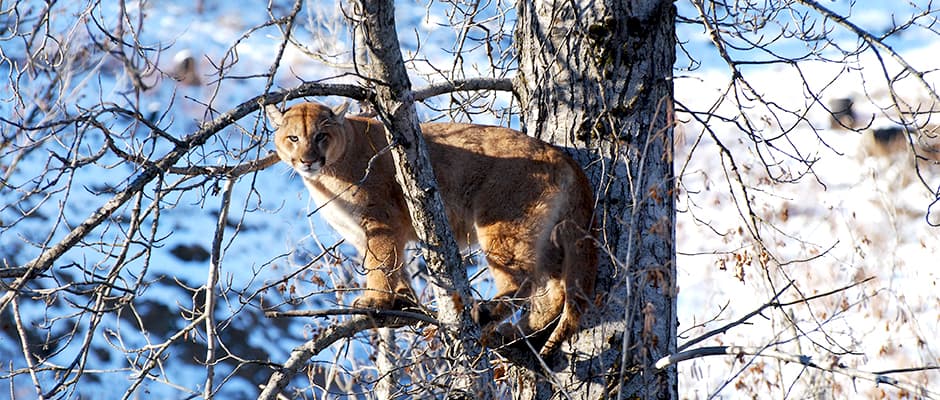
August 26, 2016
WSB study: Citizen scientists dart cougars for population study
Hunters armed with biopsy darts may be the key to assessing cougar populations, according to a new study. Cougars (Puma concolor) live solitary lives in widely dispersed territories, and it’s...

April 19, 2016
Field note: A cheaper way to collect moths
Assistant professor at Michigan State University Peter White ordered moth traps for his undergraduate students working on a research project, but there was a delay in shipping. So, instead of...
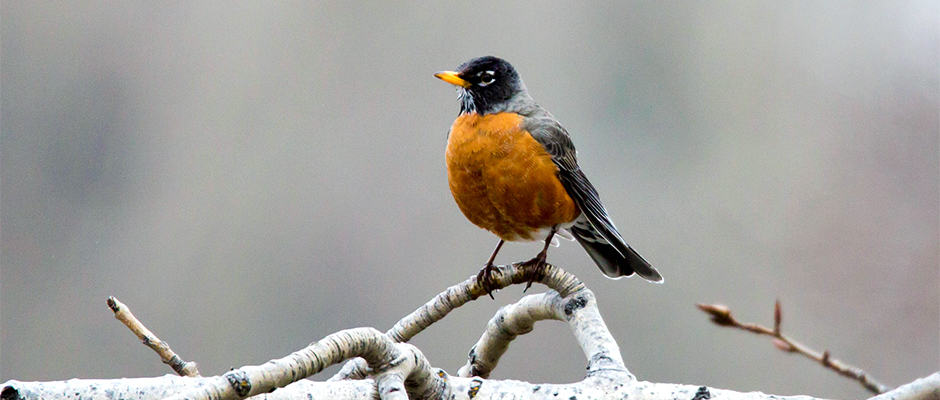
April 15, 2016
Similar response to climate change in European and US birds
Common birds in the United States and Europe have responded in similar ways to climate change in the last 30 years. “There are a lot of things that drive populations...
